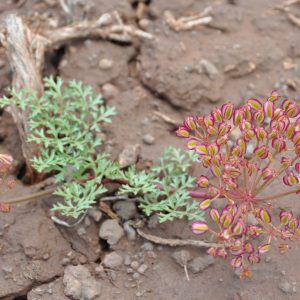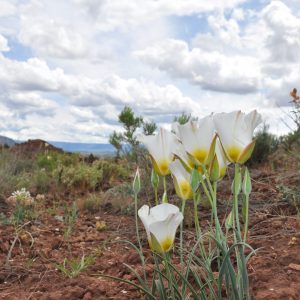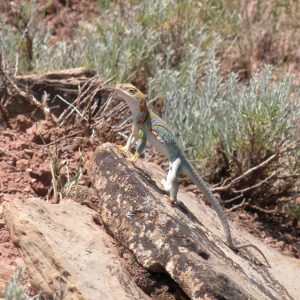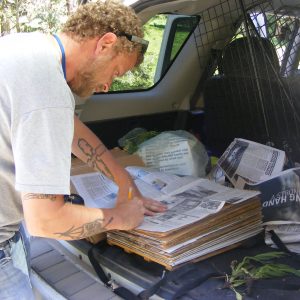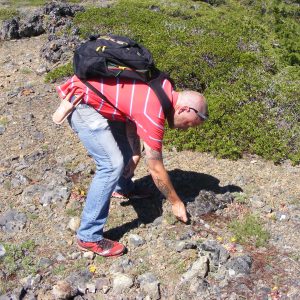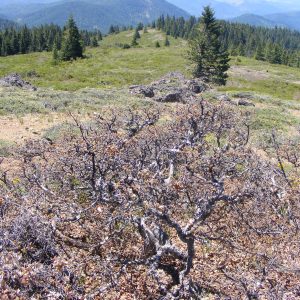I had the pleasure of having an incident during my internship. I guess it is now my duty to tell you about what happened. Also, how my evacuation turned into a surprising team building exercise.
As you may know, I work in the Mojave desert where I sleep in a sleeping bag atop a ground pad and a tarp. I was peacefully sleeping when some venomous creature slipped into my sleeping bag and invenomated me on my left gluteus maximus. I actually have no idea how the spider got in my sleeping bag, as a matter of fact there is still an on-going debate on wither or not I was bitten by a spider or stung by a scorpion. I think it was a spider. Well, whatever the invertebrate, it somehow found the opportunity to bite me, in the bum. It was a classy organism.
I was not aware of the bite until I was packing up my gear the following morning. I felt a tingling/ burning sensation radiating from my lower left gluteus maximus and through my upper left leg. Soon after this sensation started, I began to have slight cramping in my lower back and abdomen, since this can be commonly associated with something else…I did not think much of it right away. But I did realize that I may have been bitten by something and I did have a raised dot on my bum, so I informed my team leader of the situation. We then grabbed our gear and started the morning hike to our field site. I was having severe craps at this point but I thought I was being a pansy, so I told myself to suck it up, get up and hike. During this hike to the site I was slowing down my team because I kept stopping while I got sick and walking became more difficult.
My team and I eventually reached the bottom of the hill that we were to hike up. Things had progressed, my lower back was spasming more which made walking even more difficult and uncomfortable. I sat at the bottom of the hill for a few minutes trying to prepare myself to hike up. I willed myself up the hill, telling myself to stop over exaggerating and that I was fine. By the time I reached the top of the hill my legs were shaking so much I had to lean on me team leader while we walked the rest of the way to the field site. I heavily collapsed next to our plot. My team insisted that I rest. I laid down but the pain continued to get worse and soon I was having difficulty breathing. This was the moment my team leader became aware that it would be wise to take me to the hospital. In preparation for the evacuation I was helped up, but my legs had stopped working so I quickly sank back down to the ground. Thankfully I have two co-workers that have first aid training and wilderness first responder training, so they began trying all the different carrying methods they could think of . One person was sent ahead to pack our gear and prepare the car while the other three assisted with carrying me down the hill while monitoring my breathing, pulse, and consciousness. Like I previously mentioned, they used a variety of methods to carry me down the hill to allow different muscles to be exhausted. Each time we stopped and they had to hoist me back up off the ground and into another caring method I would think, ” Man, I know I am in a lot of pain but I am glad I am the one being carried.” The hill was extremely steep and was covered with cactus, yuccas, and other very poky plants that seemed to be intentionally place exactly in the way, making it even more difficult for my co-workers, no, friends to carry me down the hill.
While monitoring me, the Wilderness First Responder trained co-workers, kept telling me to breath and count to ten. I was conscious but this task seemed too hard and it boggled my mind, I knew that there was no way I could count and breath at the same time, my mind could only focus on so much at once. I chose to breath and I looked into her eyes so that she knew I understood. Well, this co-worker, who I am very grateful for, kept talking to me and telling me to breath and count and was very attentive. I was trying to breath and listen; it was difficult to do both I just kept thinking, “Please shut up, I am trying to breathe!!”. I had to keep telling myself that she is amazing and helping me, so I should chill out, but man did I want her to stop talking. I really do appreciate her.
After my team of co-workers got me to the car they laid me down in the back, my head in one co-workers lap and my legs in another co-workers lap. My legs were spasming so much my co-worker could feel the muscle spasms. They all monitored my breathing and heart rate while driving as safely, but swiftly to the nearest hospital. My vitals seemed to be stable. Once we reached the hospital I was admitted to the ER where they asked a lot of questions multiple times, and I kept asking for pain medication, I just wanted people to stop talking to me and make the pain go away. Finally they gave me lots of benadryl and other things, not sure what, but I fell asleep. This was a significant improvement from the pain I was in before. My co-workers waited at the hospital with me for hours to make sure I was okay and they did not leave until I was safely out of the ER and in a overnight room. They are wonderful people and I am very grateful to and for them.
So this is my story. The next week I was back out in the field sleeping on the ground again. There is no reason to fear the desert or the things in it, it is a beautiful place and sometimes bad incidents just happen. I hope that no one is discouraged or scared by the contents of this blog. I encourage everyone to try sleeping on the ground, it is delightful and I will continue to do it.




